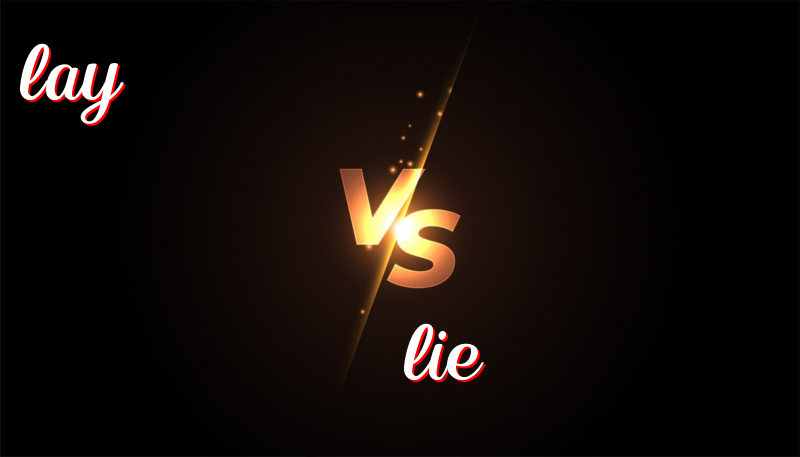英語單詞lay 與 lie的區別
January 04, 2025
Lay 與 Lie 的差異
歷史背景
在英語中,”lay” 和 “lie” 這兩個動詞常常讓使用者感到混淆。這些詞的起源可以追溯到古英語,”lay” 來自 “lecgan”,而 “lie” 則來自 “licgan”。兩者都與放置或休息有關,但用法不同。
如何使用
“Lay” 是一個及物動詞,表示把某物放下或放置某物。它需要一個直接賓語。例如:「我放下書。」(I lay the book down.) “Lie” 是一個不及物動詞,表示躺下或位於某位置。不需要直接賓語。例如:「我躺在床上。」(I lie on the bed.)
記憶的技巧
記住這兩者的區別的一個小技巧是使用短語 “lay it on the table”(把它放在桌子上),其中的 “it” 是直接賓語,象徵”lay”需要一個賓語。而”lie” 並不需要賓語,所以可以記住 “I lie down”(我躺下)。
例句:使用”Lay”
- She lays the book on the table.
她把書放在桌子上。 - Please lay your papers here.
請把你的文件放在這裡。 - The chicken lays eggs every morning.
這隻雞每天早上下蛋。 - He laid the foundation for the building last year.
他去年打下了這座建築的地基。 - I will lay the blanket on the grass for our picnic.
我將把毯子鋪在草地上,來野餐。
例句:使用”Lie”
- I lie on the sofa during the afternoon.
我下午躺在沙發上。 - Please lie down and relax.
請躺下並放鬆。 - The keys lie on the kitchen counter.
鑰匙在廚房的檯子上。 - Yesterday, I lay in bed all day because I was sick.
昨天我因為生病而整天躺在床上。 - The truth lies within the details.
真相藏於細節之中。
總結
總結來說,”lay” 是一個需要賓語的及物動詞用來描述放置動作,而 “lie” 則是不及物動詞用於描述位於某位置或姿勢。藉由記住這些例句和技巧,可以幫助您更好地區分這兩個單詞的用法。

Leave a Reply
You must be logged in to post a comment.